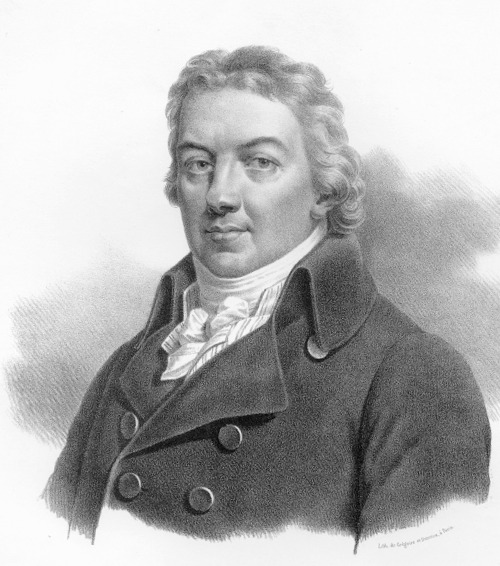
Edward Jenner and the Smallpox Vaccine
As I type this article, scientists across the world are busy developing a vaccine for COVID-19, the biggest public health crisis in recent history. Their quest to eradicate this disease reminds us of a similar challenge from the 1700s. Instead of COVID-19, doctors back then were battling smallpox, a viral disease that was often fatal. Thanks to the pioneering work of Dr. Edward Jenner, smallpox was successfully eradicated, which marked a turning point in medical history, and is one of humanity’s greatest achievements. This is his story.
What was Smallpox?
You’ve may never have heard of Smallpox – and you can thank Dr. Jenner for that. But to really appreciate the significance of his work, it’s important to know that smallpox was a major problem in centuries past. It was a highly contagious disease that caused a fever and the appearance of pustules, or blisters, all over the body. It infected people from all walks of life, from poor beggars to lords and ladies. Between 20 percent and 60 percent of cases were fatal, but survivors faced lifelong scarring from the pustules and, in many cases, permanent blindness.
Edward Jenner
Given Edward Jenner’s early life, it’s not surprising that he would dedicate much of his professional life to curing smallpox. In 1757, at the age of eight, Jenner went through a medical process called inoculation. Because people who had recovered from smallpox had immunity for life, it was hoped that by giving Jenner a small dose of the disease, he too would recover and live a long and healthy life. In reality, inoculation was a difficult procedure, which involved purging and fasting, and actually caused Jenner to suffer ill health for the rest of his life. Clearly, inoculation wasn’t an effective tool in the fight against smallpox.
Cowpox
Growing up in Gloucestershire, Jenner had heard of an old wives’ tale which said that people who caught cowpox from their cows never went on to catch smallpox. Cowpox is a mild viral infection that humans can catch from cows and in his time it was common in farm workers. In 1796, Jenner decided to put this idea to the test. He made a few scratches on the arm of James Phipps, his gardener’s son, and then placed into the cuts some samples of cowpox, which he took from the hand of a local milkmaid called Sarah Nelmes. Sure enough, James came down with cowpox a few days later, but quickly recovered.
Now Jenner prepared for the ultimate test. Did James have immunity from smallpox, as the old wives’ tale suggested? Jenner carried out his experiment again, this time introducing smallpox into a scratch on James’s skin. After an anxious few days, James did not develop the symptoms of smallpox – not this time, nor in future experiments. This was a turning point in medical history.
Although there was some opposition to his work, Jenner went on to create a vaccine for smallpox. (Interestingly, the word ‘vaccine’ comes from the word ‘vacca,’ which means ‘cow’). His work contributed to the eradication of smallpox and provides us with a hopeful reminder, even in midst of a pandemic, that medical breakthroughs can – and do – happen.